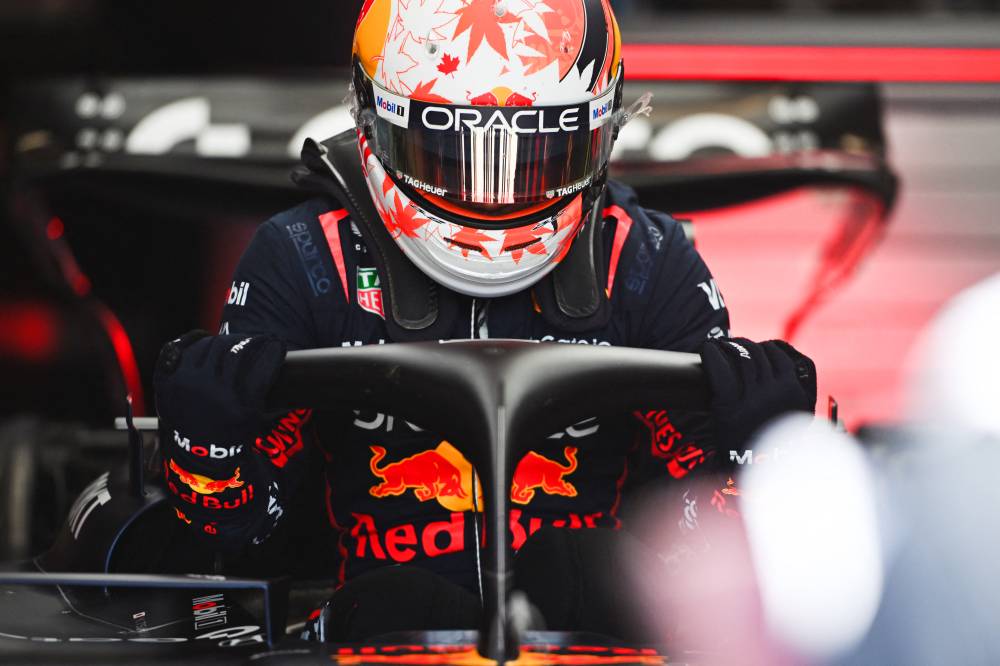The aesthetic apex: How lookism fuels Formula 1

In recent years, Formula 1’s paddock has begun to look a lot more like a runway. With Charles Leclerc doing aegyo in a TikTok challenge for Ferrari, drivers posting thirst traps between race weekends, and entire fandoms orbiting around cheekbones and jawlines just as much as pole positions—today’s F1 is as much about charisma and camera angles as it is about tire strategy.
But beneath the viral content and PR polish lies a subtler, often unspoken force shaping the sport: lookism, or the bias and discrimination based on physical appearance. In a field that ostensibly centers on speed, precision, and performance, looks shouldn’t matter. But they do.
The role of image in F1
Formula 1 has always understood the value of spectacle. Its gleaming circuits, globe-trotting calendar, and multimillion-dollar team liveries are designed—not just for sport, but for show. Increasingly, so are its drivers. In 2025, the sport’s marketing machine has pivoted hard toward audience expansion, and much of that effort hinges on courting women, whether through curated thirst traps on Instagram, PR-friendly YouTube challenges, or the ever-growing “soft boy” personas that some drivers seem nudged into adopting. The result is a version of lookism shaped less by raw physical appearance, and more by its marketability—good looks packaged for virality and palatability.
Historically, this isn’t new. James Hunt was sold as the devil-may-care playboy, all swagger and sex appeal. Lewis Hamilton became a fashion week fixture as much as a world champion—his brand curated as fiercely as his race craft. But what’s different now is the scale and intention. Drivers are no longer just athletes now. They’re avatars for global campaigns, embodying not just skill, but a version of desirability—often filtered through what sells best to young, digitally engaged women.

The modern driver’s “package” is incomplete without a camera-ready presence, a fit that can launch a thousand Pinterest boards, and an online personality amenable to both memes and multinational sponsors.
Is image just as essential as skill?
In the world of Formula 1, where milliseconds separate champions from contenders, the spotlight often favors more than just raw talent.
Drivers who align with conventional standards of attractiveness frequently find themselves at the nexus of media attention and lucrative sponsorships. Their appearances in glossy magazine spreads, endorsements from luxury brands, and substantial social media followings can eclipse their on-track accomplishments—creating a feedback loop where marketability begets visibility, and visibility begets further opportunity.
The sport’s burgeoning appeal among younger female audiences has not gone unnoticed by marketers and sponsors. Brands like LVMH and Tommy Hilfiger have invested heavily in F1 sponsorships—recognizing the lucrative potential of this demographic. This shift has led to a surge in content tailored to the “female gaze,” with drivers participating in lighthearted social media challenges and fashion-centric campaigns. While these efforts aim to broaden the sport’s appeal, they often reinforce Eurocentric beauty standards—sidelining drivers who don’t fit this mold.
Drivers who deviate from these aesthetic norms often navigate a more arduous path. Their performances, no matter how commendable, may be overshadowed by a lack of media portrayal that aligns with prevailing beauty ideals. This disparity not only affects their public perception, but can also influence the breadth and quality of sponsorship deals available to them, as brands often seek ambassadors who embody a particular image that resonates with their target demographics.
Yuki Tsunoda, the sport’s only fully East Asian driver on the grid, is a striking case. While praised for his personality and candor, he’s also been infantilized and cast in comic relief—his short stature and Japanese features often flattened into a “funny little guy” caricature by fans and media alike. In contrast, less accomplished but more traditionally good-looking drivers have benefited from a halo of aesthetic legitimacy. The language of commentary and fan discourse doesn’t always reflect pace—it reflects palatability.

Similarly, Lance Stroll, whose quiet demeanor and history of injuries post-crash have made him less of a media darling, is frequently the subject of ableist remarks. His career is often framed not around perseverance, but privilege—flattening nuance in favor of a narrative that strips him of dimension. In both cases, the issue isn’t just lack of attention. It’s how skewed attention becomes a filter through which performance is evaluated.
Beyond the helmet
Formula 1 finds itself at a crossroads in 2025. While the grid becomes more diverse and the sport’s global appeal expands, an undercurrent of aesthetic bias—lookism—continues to shape narratives both on and off the track. As Formula 1 evolves—embracing a more diverse and global identity—it must confront the subtle yet pervasive influence of lookism.
Acknowledging and addressing these biases is crucial to ensuring that talent and determination, rather than appearance, drives the narrative forward.

















